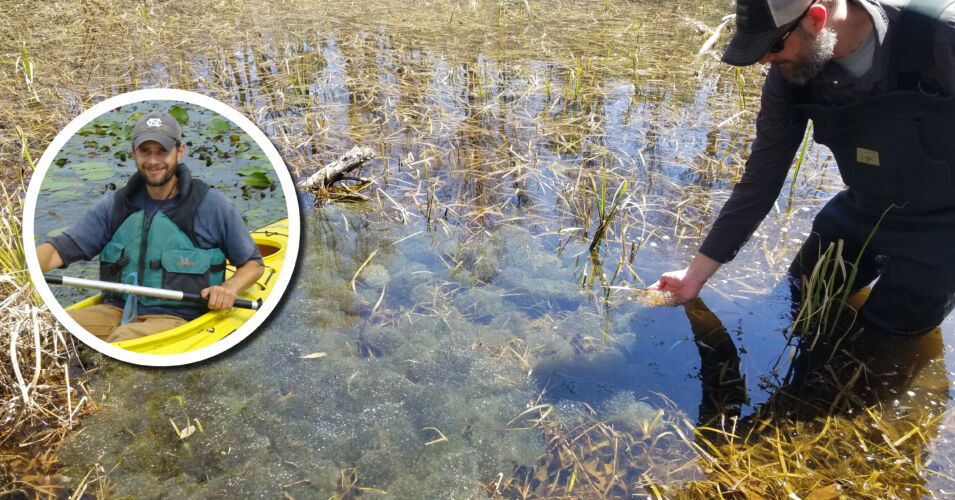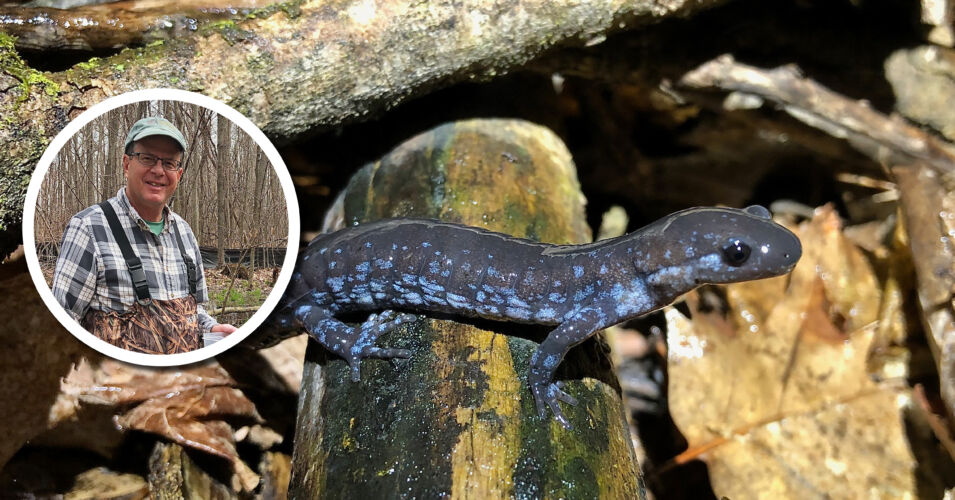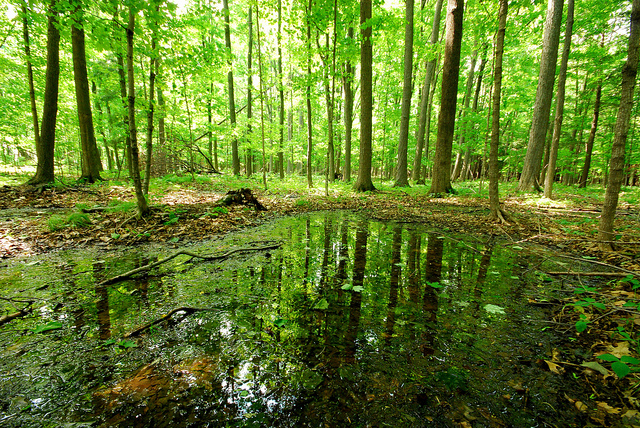What are ephemeral ponds, and why are they important to amphibians and other critters? Tune in to this presentation by WDNR conservation biologists Richard Staffen and Madison Wikston to learn about this and more. Rich and Madison will discuss a ranking system his team developed to prioritize these ponds on the landscape using quantitative data on amphibian usage, and he will introduce a new salamander and ephemeral pond monitoring project to involve citizen scientists around the state.
Richard Staffen and Madison Wikston, Wisconsin Department of Natural Resources
Recorded October 2, 2023
Richard Staffen has been a conservation biologist for WDNR’s Natural Heritage Conservation program since 2002. He helps coordinate (and participates in) inventory and monitoring projects focused on rare vertebrate animals across the state. Richard has led efforts to better understand the extent of snake fungal disease in Wisconsin, assisted in the recovery of the eastern massasauga rattlesnake, performed ephemeral pond surveys for breeding amphibians across the state, and performed surveys of numerous other rare reptiles and amphibians in Wisconsin.
Madison Wikston is an LTE conservation biologist for WDNR’s Natural Heritage Conservation program. She has worked in wildlife research and conservation for more than a decade, focusing on reptile and amphibian monitoring efforts. Madison completed her Master’s degree studying amphibian communities via environmental DNA (eDNA) in 2021.
Related content
Wetland Coffee Break: All-female salamanders “rule” an ephemeral pond



